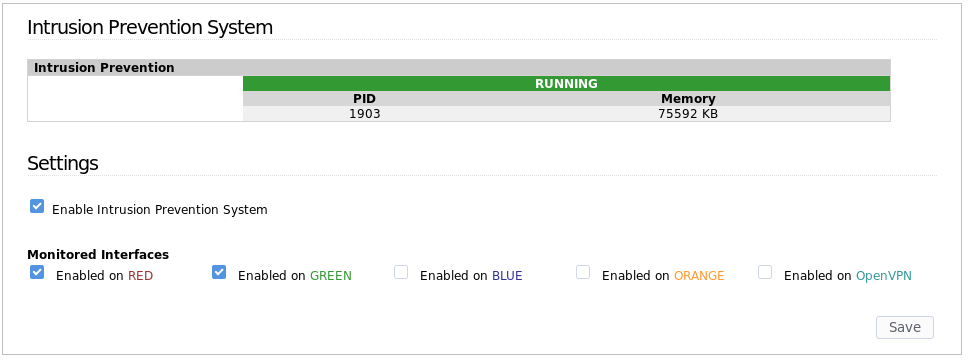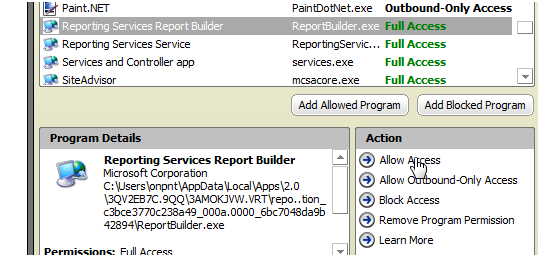

Is the role of FTP connection-tracking support in the Linux kernel. “ hole” for the client's second connection to the server. Passive mode requires the firewall to dynamically open a Similarly, if you are running anįTP server in your local zone then active mode should always work but

Requires the firewall to dynamically open a “ hole” for the Given the normal loc->net policy of ACCEPT, passive mode accessįrom local clients to remote servers will always work but active mode KERBEROS_V4 rejected as an authentication type Server port: 21.Ģ20 You will be disconnected after 15 minutes of inactivity. Issuing a “ passive” command: Shorewall]$ ftp Ģ20-=()=. Passive mode and that I can toggle between passive and active mode by You can see these commands in action using your linux ftpĬommand-line client in debugging mode. Port for this connection is 20 (ftp-data in To that IP address and port number the source The PORT command gives the IP address and port number Listens on a dynamically-allocated port then sends a PORT command to (often the default for line-mode clients) - The client The client then opens a second connection to that The PASV reply gives the IP address and port number that the server Upon receipt of this command, the server listens on aĭynamically-allocated port then sends a PASV reply to the client. (often the default for web browsers) - The client issues a


 0 kommentar(er)
0 kommentar(er)
